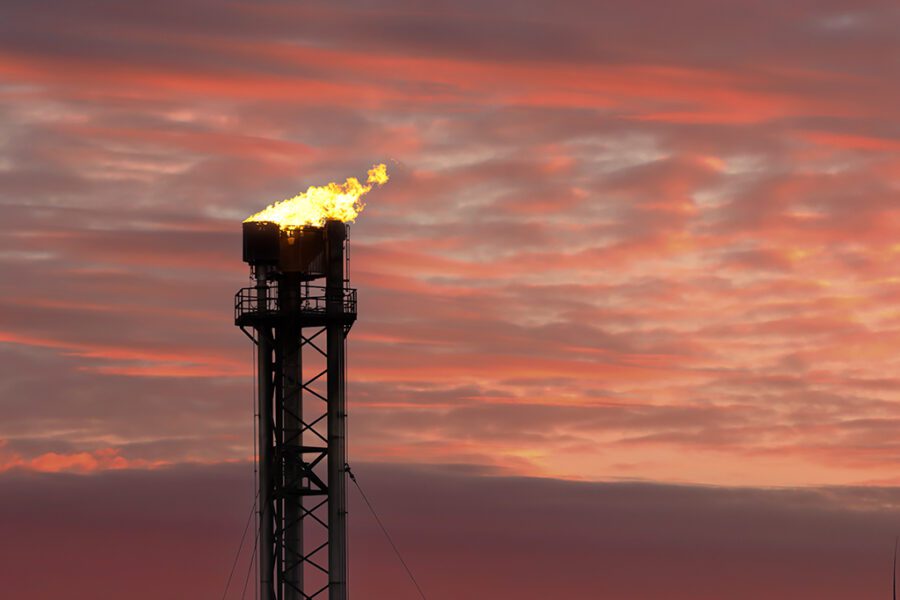
Europe is facing one of the worst droughts in recent history. More than 60 percent of the EU and UK are trying to fight this climatic event, the effects of which are far-reaching. According to the European Commission’s Joint Research Center, 47 percent of the continent can face similar conditions if the drought worsens. There are wildfires in Portugal, restrictions on water usage in France, and billions of Euros being lost in Italy as the longest river, Po, dries. A senior researcher at European Drought Observatory remarked in an article in Al Jazeera that this might be worse than the one in 2018 – unprecedented in the last 500 years. Similar events have occurred throughout the last few years, with skies turning red, parched rivers, and heatwaves so strong that birds are literally being cooked while flying. These unfortunate developments converge on the debate on the climate crisis and its solutions. Without going into its controversial and pedantic details, I will talk about an overlooked solution to reducing emissions – Methane Air Capture.

Why is it important? Methane emissions are more detrimental to the environment than the much-reported Carbon ones. For instance, these emissions are responsible for creating “ground-level ozone,” which is the cause of 1 million deaths per year. In the longer run, it is 80 times more lethal than carbon dioxide, it is also 25 times more capable than carbon of trapping heat. Moreover, over 30 percent of global warming (from the pre-industrial era) can be attributed to Methane. Most Methane emissions come from the agricultural sector. Livestock accounts for 32 percent of all emissions, but this is not the only source. Oil and natural gas, coal mining, landfills, and industrial processes are some of the other resources. The energy sector per se amounts to 40 percent of methane emissions linked to human activity.

IEA also found out that methane emissions, as reported by governments, globally were 70 percent higher than the official figures.

Source: IEA, Global Methane Tracker

After briefly establishing the role of Methane Emissions, we will now discuss the promising technology that aims to address these emissions, which, if reduced by 40 percent, can reduce the earth’s temperature by 1C.
Methane is difficult to capture from air carbon because of its low concentration. However, many researchers are working on capturing it from the air. A team from MIT has tried to do just the same. Using special minerals called zeolites – essentially clay. The method transforms methane into carbon dioxide (for which we already have many systems in place).

There is another method where methane is captured from Landfills.


As the images above indicate, this method captures the methane coming out of landfills before it reaches the atmosphere. As methane rises to the surface, pipes are used to capture it, and that methane can be further used to produce electricity or produce heat.
These developments sound very promising, but as always, the time taken by a certain technology to make a significant impact is crucial. With the backdrop described in the starting, the world is against the clock in the real sense of the word. The scale of these technologies matters too. For instance, the graph below shows the effectiveness of Carbon Capture Usage and Storage (CCUS) systems. As one can see, the CO2 emissions have continued to increase, mocking the straight line representing its captured amount.

Furthermore, two issues, extreme dilution, and competition from natural resources add to the task. The concentration of methane is extremely diluted. It is 600 times more present in the environment than carbon dioxide. Such a concentration brings the issue of economic removal. Secondly, natural processes already destroy 10 percent of methane. Also, methane does not linger much in the air reservoir, so it might be more useful to curtail its emissions from the source rather than capture it from the air.
The debate of energy transitions, green growth, and regrowth, along with the use of negative emission technologies, is one of the world’s most important public policy issues lately. We will continue to explore this topic and its different dimensions in the upcoming articles. So far, Green Growth seems a fallacy, and the holistic solution to this broader issue of climate change seems to be two-pronged. One is where we change our lifestyles and rethink the idea of reckless consumption; the second is where the developed countries put a brake on their energy usage and also provides fund to the developing world.

